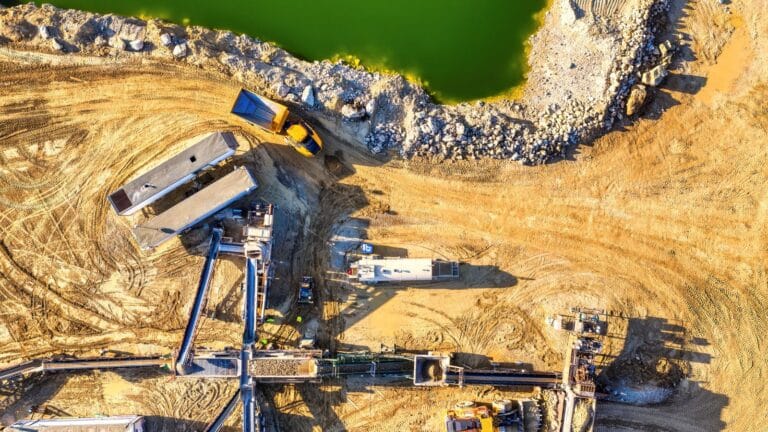This website uses cookies as well as similar tools and technologies to understand visitors’ experiences. By continuing to use this website, you consent to Columbia University’s usage of cookies and similar technologies, in accordance with the Columbia University Website Cookie Notice.
The offshore wind energy industry is on the cusp of breaking out in the U.S., with the government anticipating 2,000 turbines with 22 gigawatts of capacity in federal waters in the Atlantic Ocean over 10 years.
In this episode of Columbia Energy Exchange, host Bill Loveless is joined by Thomas Brostrøm, whose company is a leader in the industry around the world. Thomas is the president of Ørsted North America and CEO for Ørsted U.S. Offshore Wind. He joined Bill from Boston to talk about plans that Ørsted Energy has to build wind farms in waters up and down the U.S. East Coast.
All told, Ørsted has 10 offshore wind farms in the U.S., including ones in Rhode Island and Virginia that are the first to operate in this country.
Throughout the world, Ørsted has built more offshore wind farms than any other developer. By 2022, it expects to expand its offshore wind capacity to nearly 10 gigawatts, with projects in the U.S., Europe and Asia.
This from a business once known as Danish Oil and Gas Company. Thomas and Bill talk about the transition that Ørsted has undergone in recent years and whether it serves as a model for other fossil fuel companies looking to move into greener forms of energy.
They also look at the policy and economic factors promoting investments in U.S. offshore wind by Ørsted and other companies, the economic development that could accompany the industry’s emergence here, and the challenges it faces in moving ahead.
Prior to joining Ørsted, Thomas was in the investment banking and venture capital business.
More Episodes
The Nexus of Climate Policy and National Security
As President Biden’s national security advisor, Jake Sullivan laid out a strategy for what he called a “foreign policy for the middle class.” Using the metaphor of a...

Trade War Turbulence and Clean Energy
It’s hard to overstate how consequential President Trump’s “Liberation Day” tariffs have been for American economic policy. While the administration has paused the steep reciprocal tariffs it announced...

Front Lines of the Energy Transition
In energy policy circles, the word “resilience” often refers to future-proof systems or infrastructure designed for the transition away from fossil fuels. But resilience means something different to...

Europe’s Energy Trilemma
The European Union’s energy landscape is transforming rapidly, as the bloc works to reduce emissions, lower energy prices, and decrease dependence on Russian fuel—three goals proving to be...

Relevant
Publications
The Future of LNG Trade: Inflexible, Inefficient, and Polarized?
This Energy Explained post represents the research and views of the author. It does not necessarily represent the views of the Center on Global Energy Policy. The piece...


Robert J. Johnston: President Trump has thrown down the economic gauntlet. Canada must be unified in our response
Pitting Western Canada against Eastern Canada is a terrible strategy for winning Trump’s trade war

How Congress Can Build on SMR Momentum after Canada Approves First Commercial Construction for Such Reactors in North America
This Energy Explained post represents the research and views of the author. It does not necessarily represent the views of the Center on Global Energy Policy. The piece...

